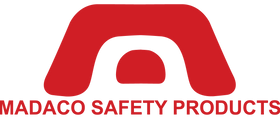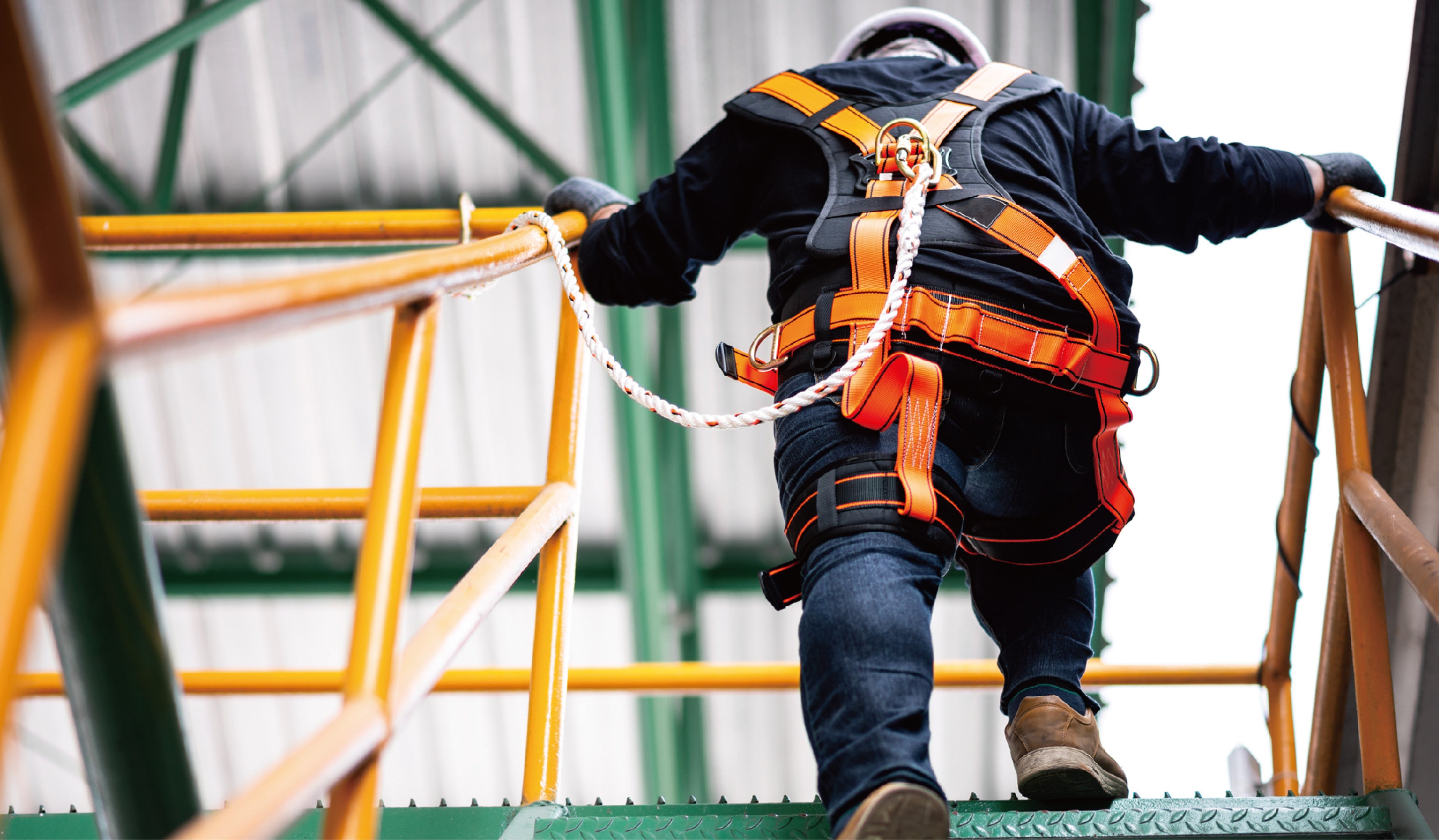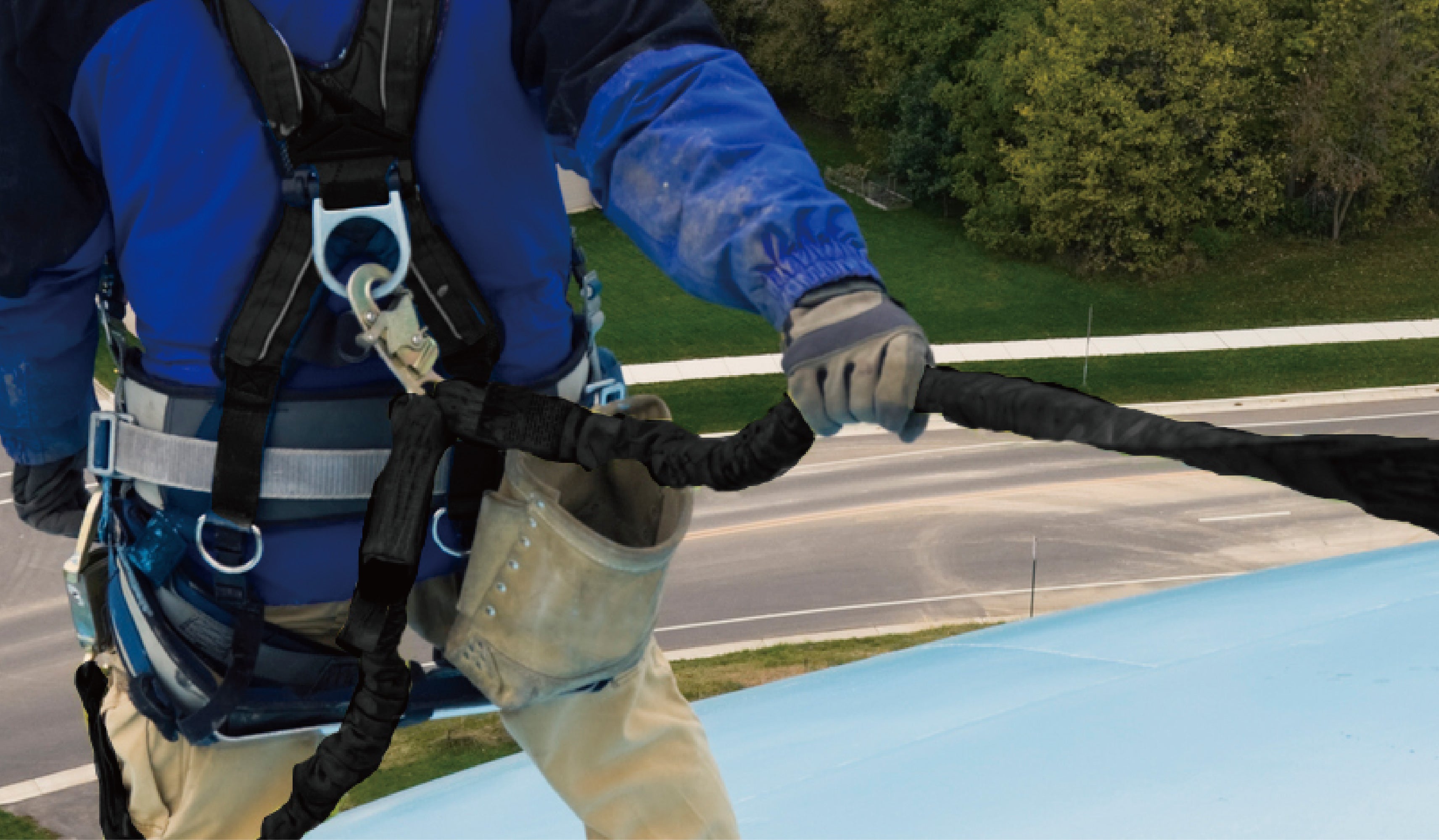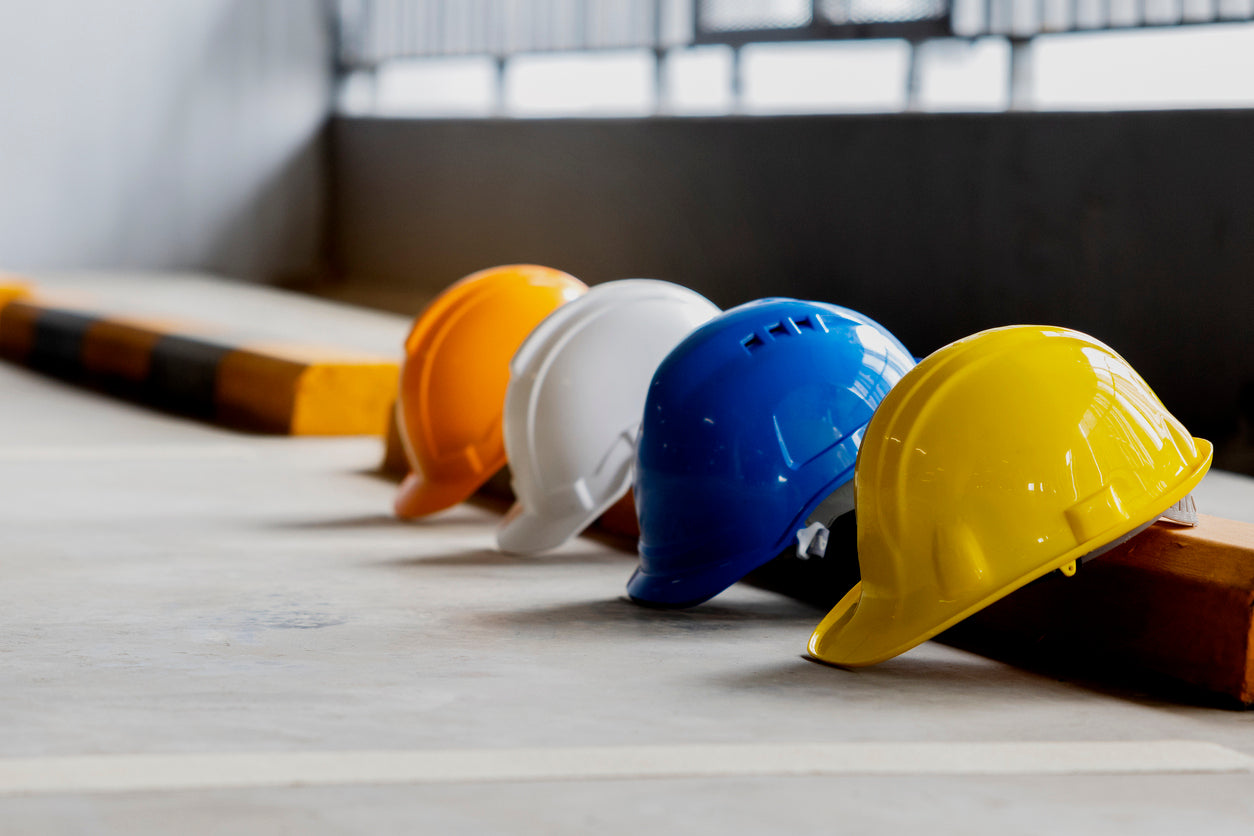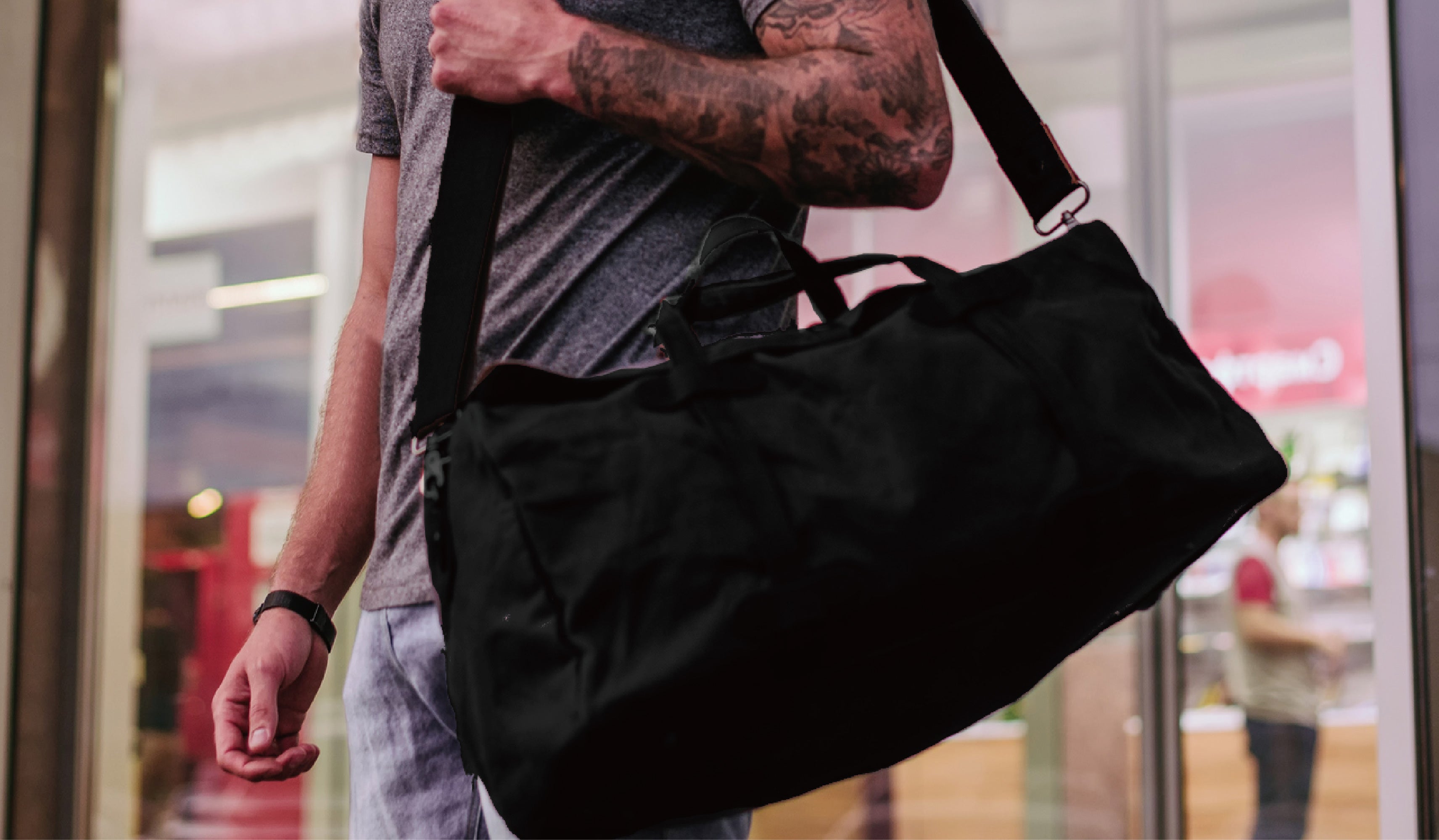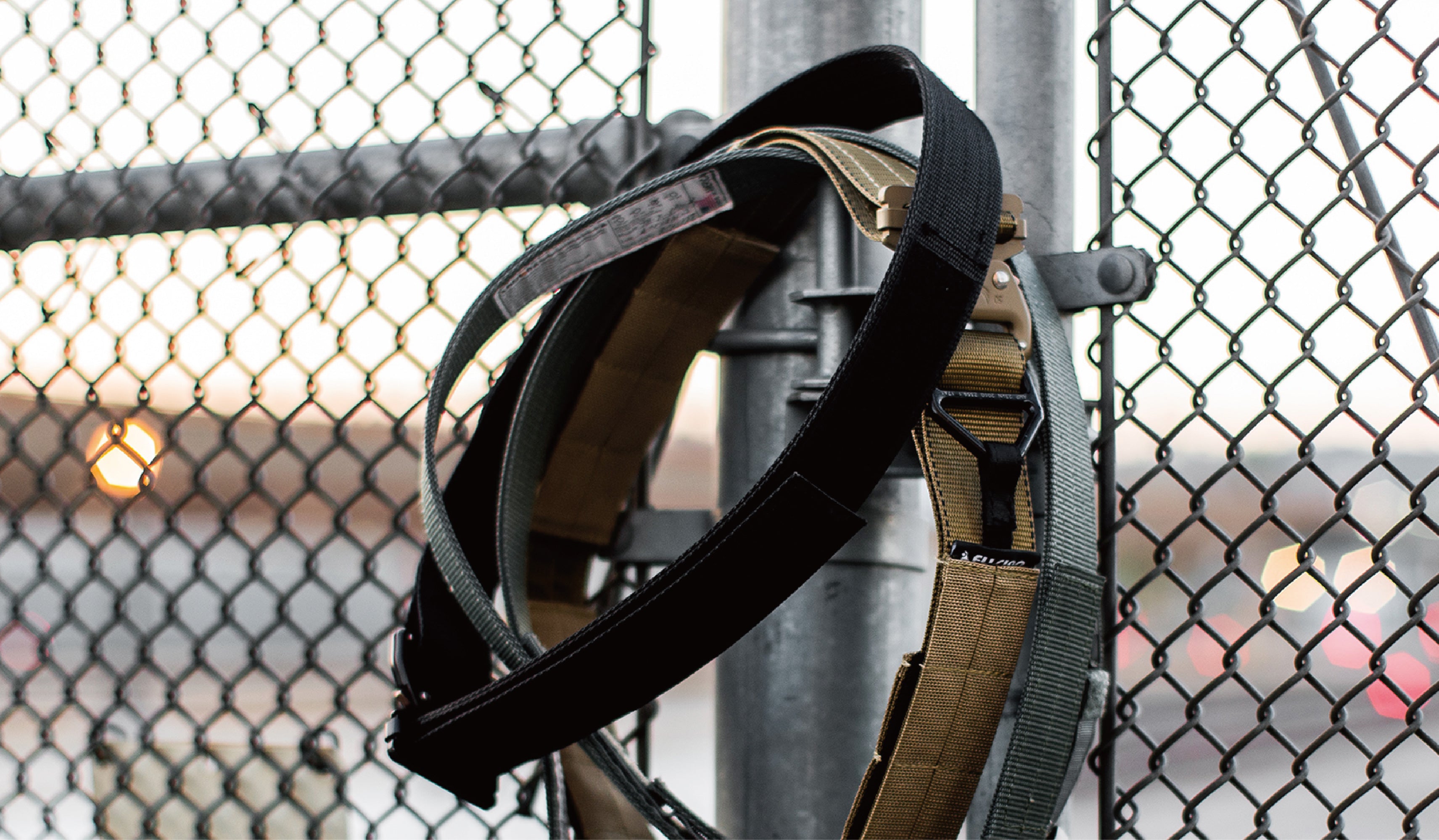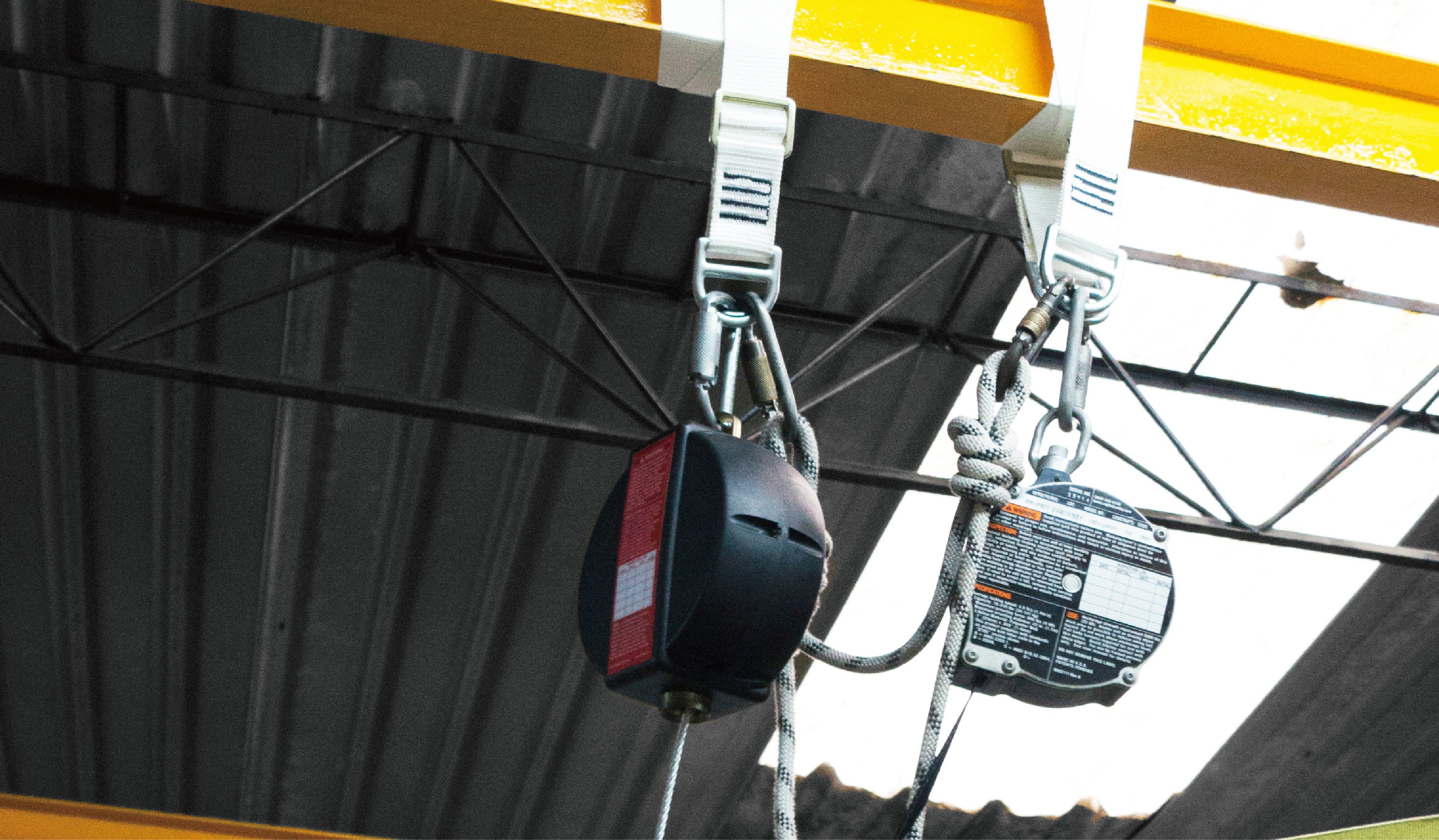Working at heights can feel routine—until something unexpected happens. A slippery surface, a missed step, or a weak anchor point can instantly change everything. These aren’t just obvious hazards like falling from scaffolds. Many risks are silent, waiting in the background of a normal workday. From unstable structures to environmental conditions, workers are exposed to danger in more ways than they often realize.
These hidden dangers make height safety equipment not just a safety measure, but a lifeline. Understanding the unseen risks helps crews prepare better—and save lives.
Common But Unexpected Safety Hazards
Even experienced workers can overlook these threats:
● Loose or deteriorating anchor points
Even strong buildings can have weak spots, especially in older structures.
● Sudden gusts of wind
Especially on rooftops or towers, a quick shift in weather can knock someone off balance.
● Incorrectly used safety gear
A harness that’s not properly worn or a lanyard that’s too short can fail at a critical moment.
● Improper communication
Misunderstood signals or lack of coordination can lead to accidents, especially in teams.
● Tool or material drops
A tool falling from a height not only endangers others below, but can startle and unbalance the worker.
Even small misjudgments in these areas can lead to serious injuries or worse.
How Height Safety Equipment Mitigates These Risks
Effective height safety systems are designed to handle not just the fall, but everything that comes before it. Proper equipment is your backup when things don’t go as planned.
Here’s how the right gear makes a real difference:
● Full-body harnesses distribute force and prevent injury during a fall.
● Shock-absorbing lanyards reduce the impact of a sudden stop.
● Anchorage devices provide reliable, tested points for securing yourself.
● Self-retractable lifelines keep slack to a minimum and respond quickly.
● Hard hats, gloves, and glasses protect from falling debris and increase visibility and grip.
● Custom-fit equipment helps ensure maximum comfort and reduces misuse.
When gear is used properly and regularly inspected, it becomes a daily safeguard, not just an emergency fallback.
Why Choosing the Right System Matters
No two work environments are the same. Rooftop installations, tower maintenance, and utility repairs each demand their own setups. Choosing generic or poorly suited equipment can be just as risky as having none.
The right height safety systems are selected based on:
● Work surface and elevation
● Duration and frequency of tasks
● Surrounding environmental conditions
● Number of users and required mobility
This is where professional consultation makes a difference. At Madaco Safety Products, we work with industries that face these challenges daily—construction, energy, telecom, and more. With over two decades of expertise, we don’t just offer equipment—we understand how it functions in real-world scenarios.
Key Takeaways:
There’s someone out there right now working ten stories high, trusting a harness with their life. That’s not just a product decision—it’s a human one. At Madaco Safety Products, we don’t think of our gear as inventory. We think of it as responsibility in physical form.
Every harness we produce, every anchor point we design, and every lanyard we ship carries the weight of someone’s tomorrow. It’s personal to us—because we know it’s personal to you.
If your team works at heights, it’s time to gear up right. Let Madaco help you protect your people—not just with products, but with purpose.
Get in touch with us today and let’s build a safer climb, one jobsite at a time.
